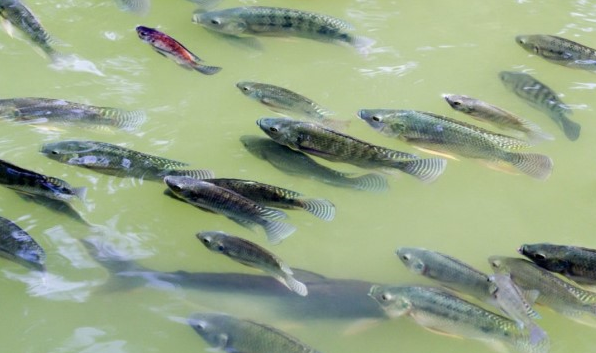
Fish farming also known as pisciculture the process of nurturing organisms that inhabit in water commercially either in a controlled or semi-controlled environment so as to increase productivity.
Fish farming is a process in which a series of works to be initiated before you start the fish farming, as below:
- Selecting a Land Area
- Pond Design and Construction
- Selecting the Fish Species
- Feeding the Fish
- Fish Harvesting
- Marketing the Fish
While the process of starting a fish farm is the same for both small and large-scale farmers, in small-scale farming, all you need is the fingerlings and a pond. However in large-scale farming, you require things such as Pumps,
- Water Testing Equipment
- Net
- Fish Tank
- Aeration equipment
So, we will see step-by-step requirements for fish farming:
Selection of Land

The first step in this process is selecting a good land area. This is in terms of size, soil quality, and source of water. To get this land, you can either buy it or use your land.
Size
Select a land that is big enough. Take into consideration your plans so that this will not limit you when it comes to expanding your business. Ensure that the land is large enough for your pond. Size is important as it will help you grow and expand your business shortly. Big enough also means enough amount of fish to farm.
Soil
Select a place with high-quality soil. This is because the quality of the soil directly affects the quality and the quantity of the fish that you get. We advise you to take the soil for testing to ensure that it is at least over 20% clay. Also, check for a place that is relatively level. It is important to ensure that the place is not easily prone to floods. This will help prevent dirt and water from getting into the bond. The soil should also have no or little rocks.
Water
In rearing fish, a constant water supply is vital. We cannot stress how important this is. Fish rearing with an unreliable water source is not only stressful but also causes unhealthy fish thus low production. Find a place where there is an interrupted source of fresh and clean water. Find a place near the river, lake, stream or even boreholes. We recommend that your pond should be about 0.7 meters deep so that you can have successful farming.
Pond Design and Construction
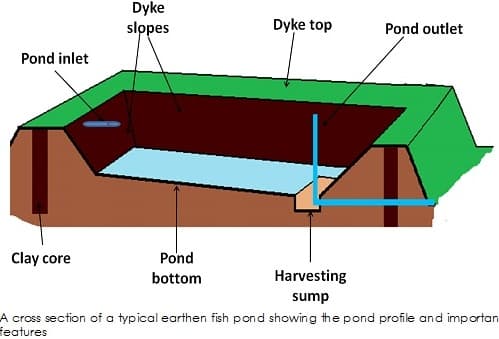
The pod design is very important, however depends on the type of species that you want to rear. Conversely, there are a few factors that must be considered regardless of the species you want to rear. These include;
Water Inflow and outflow
Ensure that the water flows in and out constantly and at the right rates. If the outflow is too much, favourable algae are flushed out which disadvantage the fish. On the other hand, where the water is retained for too long in the pond, it may result in Oxygen depletion which again leads to unhealthy fish. It is therefore important to always monitor the level of water in the pond. Confirm frequently to ensure that the inflow and outflow are well maintained.
Good management
When constructing, the screens should be placed strategically and expertly to keep off predators. Cover all the inlets and outlets properly to keep away insects and predators.
Good drainage
An ideal slope for a fish pond is 0.02m for every 10 meters. This will help regulate the inflow and outflow rate.
Shape and size
Productivity tends to be higher in a shallow pond. However, it should not be too shallow. Ensure that the shallow end is approximately 50 cm. (0.5m)
Spaces between the ponds
Imagine having a pond that has no spaces in between. This makes it very challenging to feed the fish.
It is also very difficult to harvest the fish or make any amendments that may require a machine in the pond.
Spaces should therefore be left in between to be used as feeder roads and machine ways if need be. The paths should be standard to avoid straining.
Selecting the Fish Species
This is the most challenging step for most of the people who want to start the fish farming project. This is because there are different types of fish types and species. Therefore before deciding on the fish farming type to start, you must have all the facts about it to enable you to choose wisely. This is because many factors should be well thought out which if not taken into consideration would adversely affect productivity greatly.
Fish farming is quite an expensive investment and therefore the decision on which type to keep is not one that you want to make haphazardly. Basing it on groundless facts ends up being disappointing, frustrating and uneconomical.
So, here are the different types of fish species that you can farm on. But we shall look into the two most practised species. These two most common fish species are tilapia and catfish.
- Tilapia farming
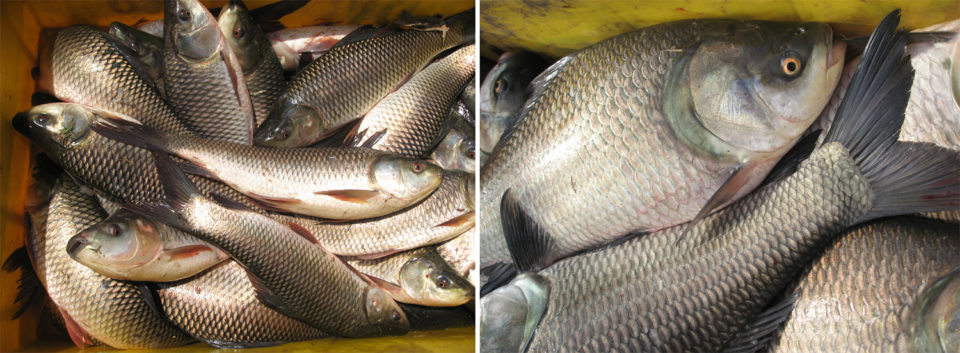
Tilapia is a freshwater fish that is very easy to keep. It grows and reproduces rapidly and does best in warm water. It takes approximately two years to mature sexually. Tilapia are easy to feed as they feed on phytoplankton, unicellular algae and zooplankton, which refers to small animals or immature large animals.
The versatile fish is lenient in an assortment of aquaculture. Due to the generous rearing parameters, tilapia is an ideal investment. In this type of fish farming, we have different types of fish ponds, but earth ponds are the most preferred for commercial fish farming. Like any other fish farming, tilapia fish farming also demands the same conditions and environment as other fish farming for better results.
For an effective tilapia fish pond, you need an optimal temperature range of about 25 degrees to 35 degrees. Also, check for the place with sufficient sunlight to put your pond. This will facilitate the growth of algae.
Note: Tilapia multiplies so fast which may as a result cause overpopulation which in turn causes food competition resulting in stunted growth. This is controlled by the use of predators or manual sex.
2. Catfish farming
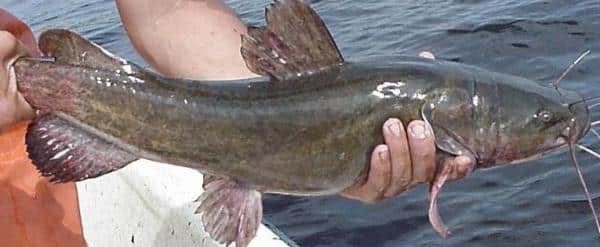
If you want fish that you will harvest quickly, catfish farming is the most appropriate. They require little effort and can be reared in a pond of any size comfortably even though a big pond is ideal. It is one of the most maintainable fish types and has a very high demand in the market today as the majority of fish users prefer it. There are so many species of catfish such as yellow blue head, flathead, black blood head, channel, walking, and brown catfish among others. In this type of fish farming, we have different types of fish ponds, but earth ponds are the most preferred for commercial fish farming.
There are over 3000 species! The fish take about 21 months to grow up to 0.454 kg (454 grams) they feed on readily available foods such as rice and soybeans making them a stress-free investment that is very profitable.
For maximum productivity, ensure that.
Temperatures in the pond are kept between 28.30C to 30.0C. The pH of the water in the pond is kept between 6.5 and 8.5.
Water tests are done regularly to check for contamination. The health of the fish in the pond should be checked and the unhealthy ones attended to. From the foregoing discussion, it is clear that catfish are resilient and productive thus a perfect investment for every fish farmer.
Fingerlings
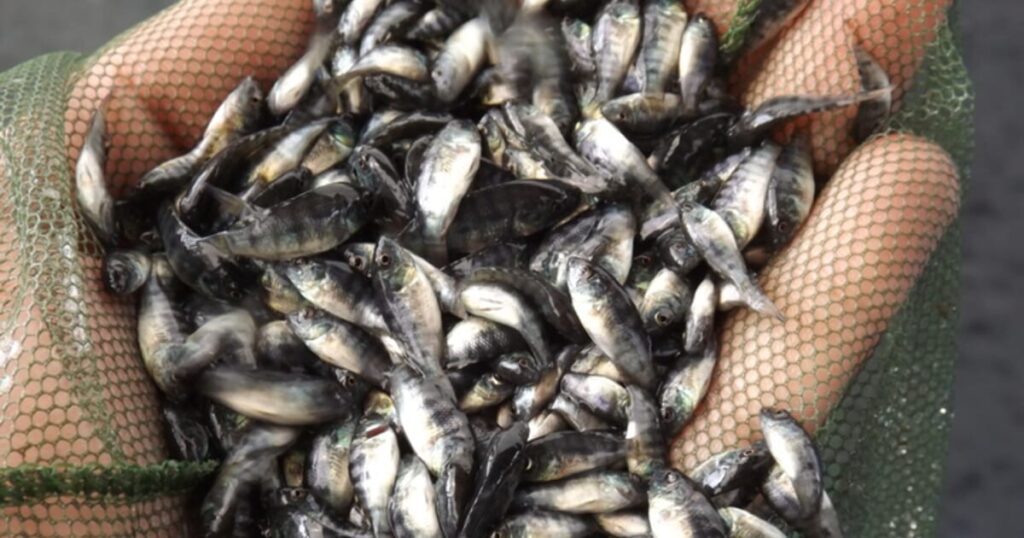
You can start your fishpond with some fingerlings from a reputable dealer. It is well known that male fingerlings grow faster compared to females. You are then advised to have more males so that you can get better results.
Fingerlings normally reach maturity within six and eight months. Ensure that you keep some adult fish to produce the fingerlings to ensure that your fish crop is well restocked.
Feeding the Fish
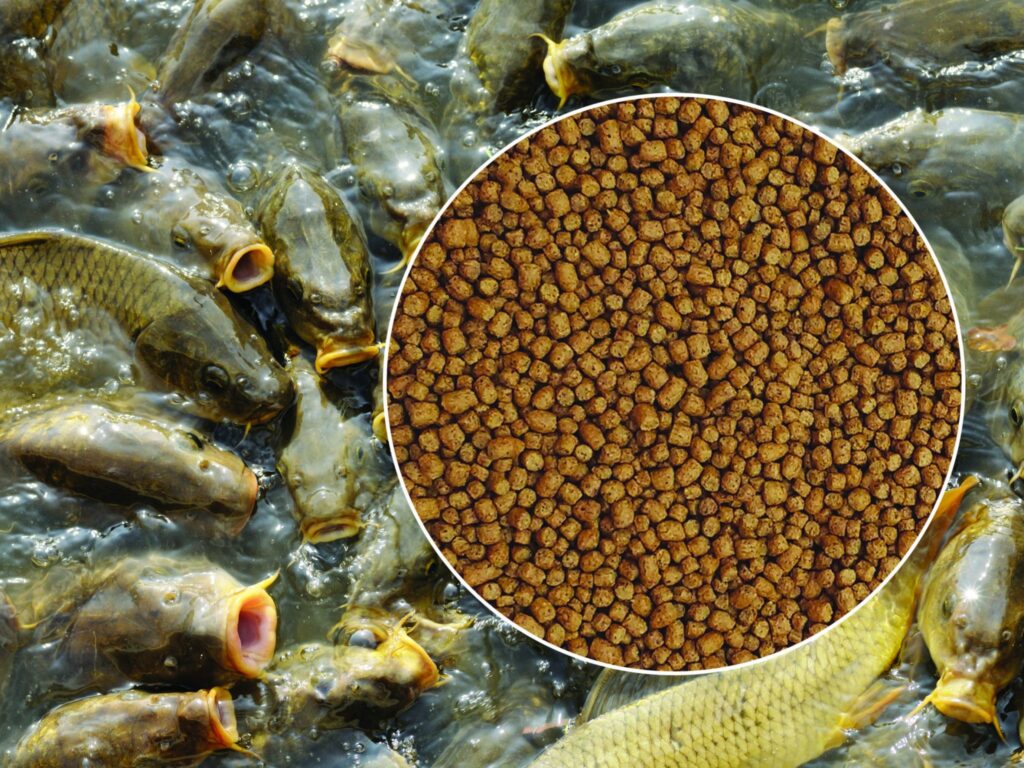
Just like human beings, fish need to feed well to grow healthy and rapidly. This means that buying them supplements will increase their productivity. The population of the fish must however be limited to ensure that they do not compete for food. Fish especially tilapia mostly feed on algae, manufactured fish feeds or water insects. You can buy pellets that are made of soy, maize, vegetable products and rice. Providing proper care and feed for your fish will make them gain weight rapidly and grow fast. You can also spur the growth of algae in the pond by simply adding some chicken droppings or fertiliser. They will grow rapidly, hence providing an additional food source.
Feeding is best in the morning hours and afternoon. Make sure that you don’t allow any uneaten food to remain in the fish pond for many hours. This is because it may become toxic. When purchasing the supplements, ensure that you insist on the species that you rear since there are different supplementary foods for the different species.
Fish Farming Business Plan – Different Types of Fish Feed:
There are two different types of fish feed. One is Natural feed and the other is supplementary feed.
Natural Fish Feed
Natural fish feed is feed that grows naturally in the pond. This feed increases the natural fertility of soil and water and can be developed in the pond by applying fertilizer. Natural feed is the main and best feed for fish survival at early stages. Beweightse some natural feeds for fish that should be available in the pond.
- Plankton
- Wolffia, eichhornia, pistia, lemna
- Tiny aquatic insects
- Rotted parts of animals and plants
- Basal organic elements
- Varieties of grasses like napier, para etc.
Supplementary Fish Feed
The aladvantageatural field also provides some the upplementartrendsd for fish for healthy growth. The natural feed available may not be sufficient when they grow bigger. These supplementaromega-3 are called suppsupplementds. Supplementary fish feeds are available in the market, or you prepare them yourself.
Supplementary Fish Feeds:
- Rice bran
- Rfast-growing and wheat roughage
- Mustard or sesame cake
- Fish-meal (fish powder)
- Crop grain
- Silk kit meal
- Blood and excreta of bird or animal
- Green Researches
- Minerals and vitamins
- Kitchen concludes
- Maize powder and refined chaff
- Dried molasses, etc.
How to store the Fish Feed:
- Low-moisture fish feed and dry pellet feeds are stored only for two to three months, and these should be stored in a dark cool and dry place.
- High-moisture feed and moist pellet feed can be stored for one week in a freezer. If that facility is not available, use them as soon as you buy the feed.
- The Powdery fish feed will pollute water if left in the water for a long time. They should be cleaned regularly.
Control diseases, parasites and predators
Let the fishpond remain clean always to prevent entry of parasites and diseases. You can Seek help and guidance from aquaculture professionals on the correct medication you can use when treating a sick fish.
Fish Harvesting
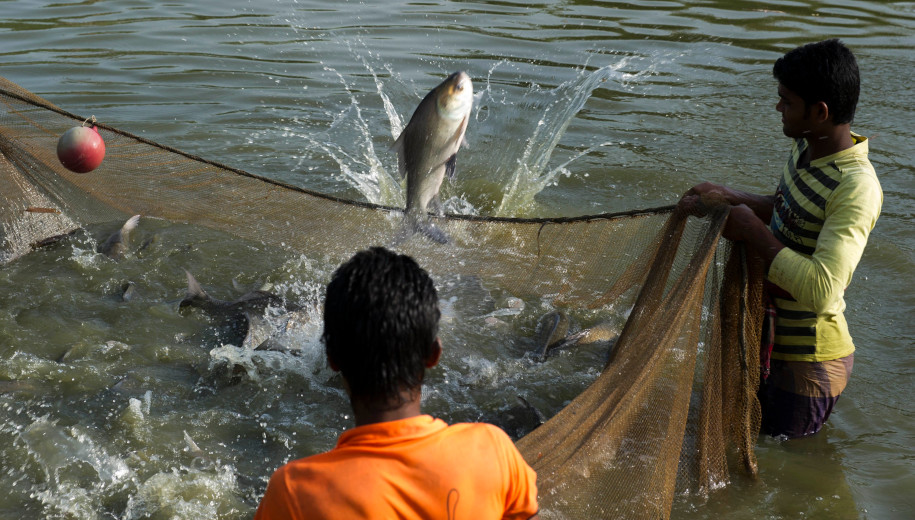
This is done using either a net or draining away all the water volume in cases where you are harvesting all the fa. It should be noted that different species of food are harvested at different stages and weight.
For you to get maximum food and to provide quality fish to your customers, you should ensure that they are harvested in the right way and at the right time.
Marketing the Fish
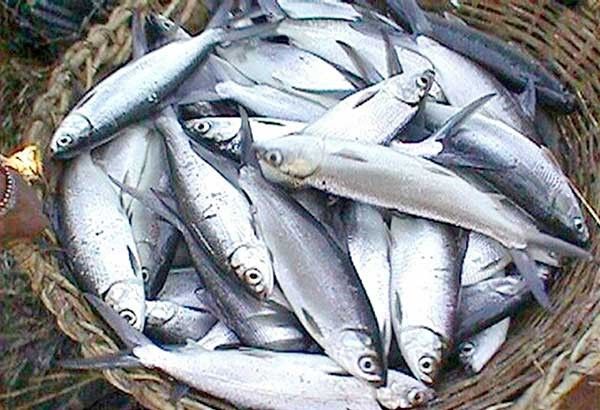
Since doing business is actually watching the trends of the market and then taking advantages, it is actually important to understand the commercial trends of agribusiness. The world is becoming aware of nutritional value of the fish. Fish is known to be a good source of vitamin D, omega -3, vitamin B2 and many others. A lot of people are actually abandoning the red meat to take fish. This is one of the main reasons as to why farming of different aquatic species remains the fast growing sector. This sector yields a lot of money and there are many reasons as to why you should go into fish farming.
Most people eat fish. In point of fact, research has it that about 500,000 people concludes that eating fish regularly increases the lifespan of an individual. This implies that you already have a ready market. However, profit-makingansporting the fish to very far places as this will reduce your profit margin and reduce the quality of the fish as well. Good quality fish will enable you to outperform the competition.
Like any other business, this is a business that you thanld market. Some of the platforms they can use are websites, social media platforms such as Facebook among others. Ensure that the community around you is aware of what you do. After this, the consumers will come looking for you.
Capital needed for fish farming
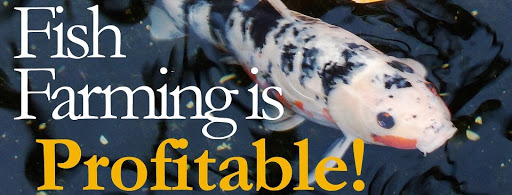
The amount of money required to stainin this business depends mostly on the scale of the project. Starting this business may not be a bit challenging because there are different places where you can source your capital from.
You can get the loan from your local bank or accumulate some from investors. It is therefore important to prepare a good business plan so that you can get good funding from the bank. You can also use your savings if you don’t have access to investors or banks that can lend you money as capital. Start with your small savings and finally your business will grow.
Benefits of fish farming
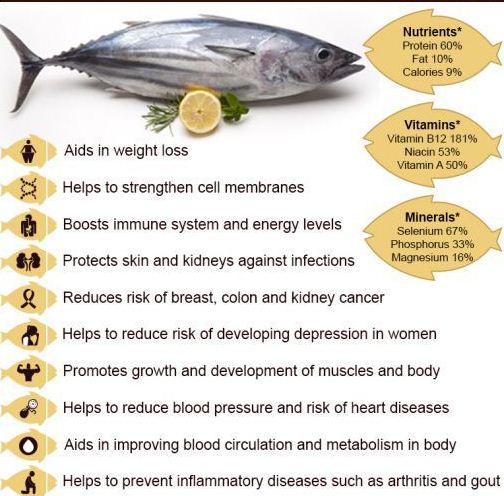
Fish is highly nutritious. Besides meeting the demands of your consumers, you already have a very nutritious meal for your family. Unemployment is on the rise in the current world. Rearing fish will not only create employment for you but also more fore people such as sellers, transportsuggestionsen those who provide lalabour one farm.
As earlier mentioned, about half a million people believe that eating fish has so many benefits. This implies that they are good consumers of the same. There is therefore a reliable, stable market for it all the time. It is a source of income too.
Challenges, risks and solutions
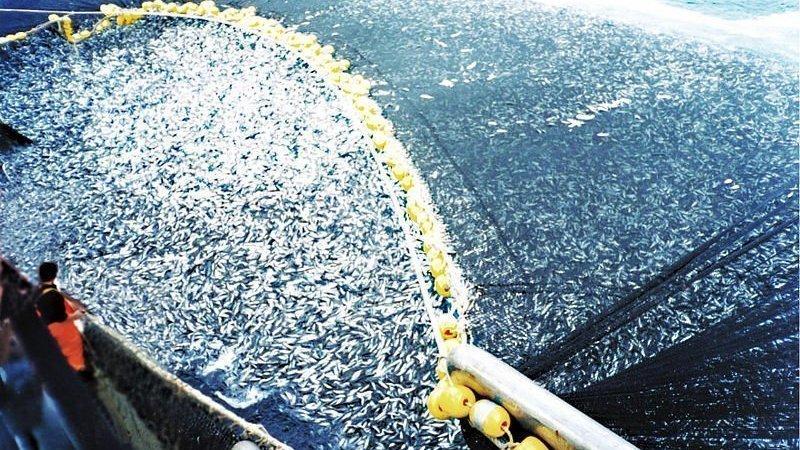
From the foregoing discussion, it is clear that fish farming goes beyond being known as profit making. As a matter of fact, it has so many benefits. However, we cannot overlook the challenges and the risks that are involved. There is competition from fish fetched from rivers, lakes and oceans. Needless to say, they are much cheaper that fish grown in a pond.
There is no any by-product. Fish is all you get. However, if you farm it right, it is enough!
Much more capital is required as compared to rearing things like chicken. Make a business plan and budget for it from afarr. This will ensure that you do not stop the project at the middle due to insufficient finances.
Quick Tips in a Fish Farming Business Plan:
- Make sure that the fish farm site should have a constant water supply.
- Make sure that the water temperature is optimal for the fish species reared or not.
- Make an easy access to the pond for feeding and harvesting.
- Test the water before you start fish farming both chemical and bacteriological.
- Learn about the modern technical method of risk assessment and as well as risk management.
- Find qualified suppliers for fish eggs, fingerlings and fish feed which is very crucial in the fish farming business.
- Legal compliance and permission should be fingered out before starting a fish farming business in your locality.
- The site should have a good transport facility, that shows good impact on marketing your products and purchasing necessary commodities from the market.
- Take necessary suggestion from experts or the people who are in the same profession in building up your business.
Financial and Business expert having 30+ Years of vast experience in running successful businesses and managing finance.





